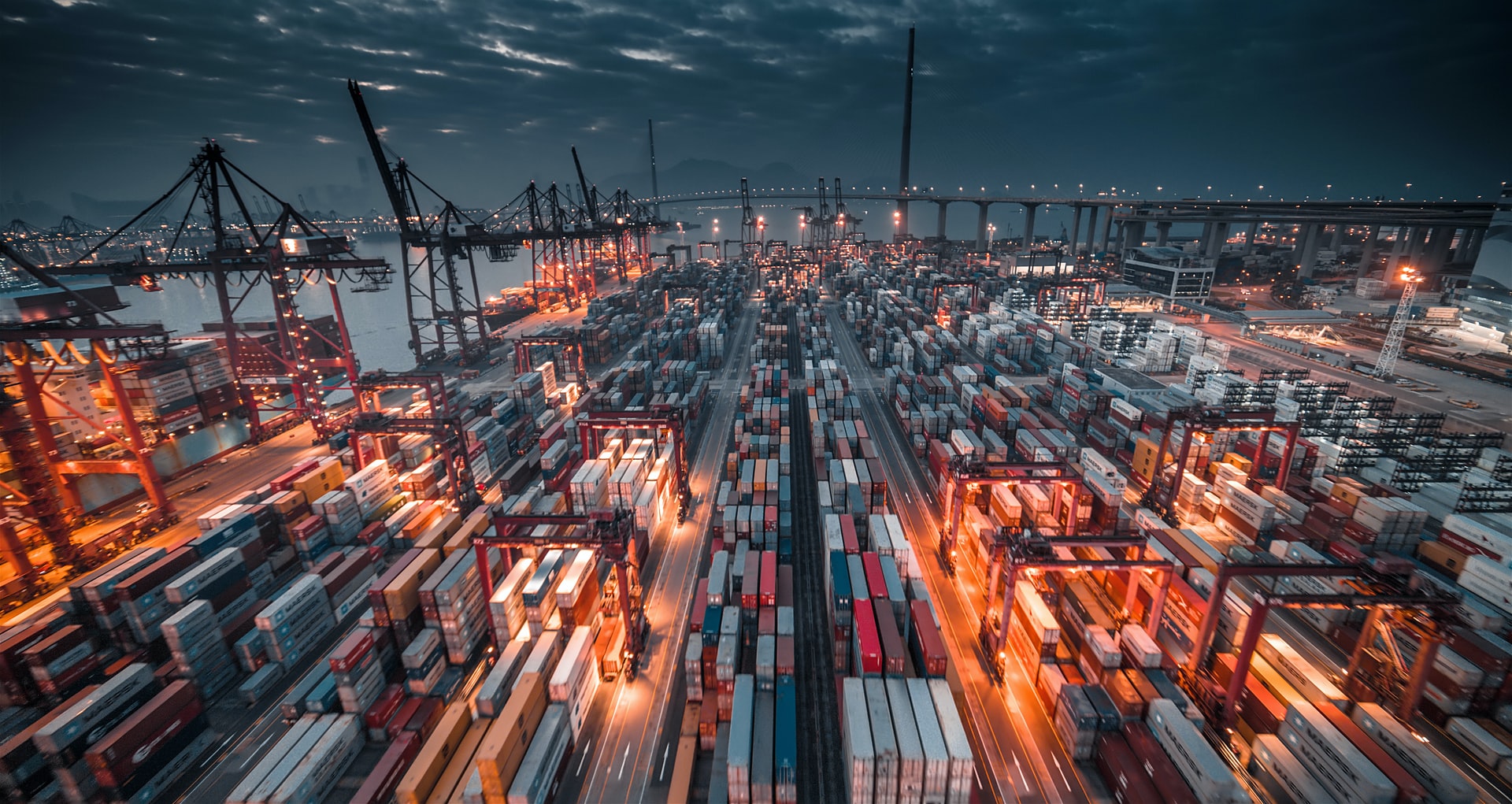Re-conceptualizing Supply Chains
Global supply chains have been battered over the last several years. The US-China trade war was the first blow. We witnessed US companies rushed to look for other supply sources, while suppliers from China looked for other buyers.
Overall, the trade war that began in mid-2018, led to cascading tariffs on some US$550 billion of Chinese goods and US$185 billion of American goods. The trade war between two superpowers significantly impacted the growth prospects of several businesses and economies that were dependent on this streamlined flow of goods and services. Many countries suffered as a result, although there were some gainers too.
The second impact came in the form of a global pandemic. COVID-19 heavily disrupted health, livelihoods, and governance – other than bringing supply chains to a complete standstill. Dr Tedros Adhanom Ghebreyesus, WHO Director-General claims it to be a “once-in-a-century health crisis, the effects of which will be felt for decades to come.”
The effects of the pandemic will continue to linger – impacting trade, finance, health, education systems, businesses, and societies. “Many countries that believed they were past the worst are now grappling with new outbreaks. Some that were less affected in the earliest weeks are now seeing escalating numbers of cases and deaths,” said Dr Tedros.
And now with the new waves of COVID-19 hitting economies, the World Bank has lowered their global economic prospects from 5.5% in 2021 to 4.1% in 2022 and 3.2% in 2023.
Supply chains are being rejigged to cope with the changing times. This and many such important topics will be covered in the upcoming Horasis Global Meeting on 19 May 2022, where leaders from governments, businesses, academia, the media, and think tanks will gather virtually to suggest a sustainable framework for global recovery.
Matters Made Worse
The impacts on global supply chains are not slowing down. Russia’s war on Ukraine has significantly set back prospects for a global post-pandemic recovery. Global supply chains were slowly coming to terms with the changes brought about by the pandemic, and then the war happened.
The impact of the war on supply chains can be viewed in two ways – disruption in trade routes and impact on prices and availability of goods. Trade routes in the Eastern Europe region have been further weakened by the war in Ukraine. Russian forces have cutoff shipping, road, and air routes. Parts of the Black Sea and Sea of Azov have become unpassable due to missile attacks on vessels and shipping containers. Insurance companies are raising their premiums and discouraging shipowners from sending their vessels through these areas.
Closure of Ukraine’s airspace to civilian flights and airlines avoiding Russian airspace, has removed 10 million miles of airspace from international freight routes. This has dramatically increased air freight rates. Seafarers from Russia and Ukraine account for 14.5% of the global shipping workforce. Due to flights being cancelled to and from the region, their absence will result in the shortfall of shipping crew in the near future.
Finally, the impact of the trade war, further complicated by the ongoing pandemic and now this war has led to inflationary prices in fuel, oil, gas, and food items. While the war and ensuing Western-led sanctions will lead to greater uptake of renewable energy – in the immediate here and now, global energy security is a grave concern.
Never the Same
Rejigs in supply chain routes and their demand and supply will certainly remain for time to come. It has also led the spotlight back on themes such as reshoring and export controls. Contrary to popular belief, reshoring is not increasing, but rather decreasing. Kearney’s 2021 Reshoring Index found that “US companies were relying even more heavily on manufacturing operations in 14 Asian typical low-cost countries.” In 2021, the index found that US manufacturing import ratio increased to 14.49% from 12.08% in 2019.
But we also see, some countries resorting to export controls. India, for instance, the world’s second-biggest wheat producer had to ban its wheat exports to ensure supply domestically, but this has raised prices of the staple across global markets. Ukraine is another major producer and supplier of wheat to the world. So, such export restrictions will certainly impact the already global shortage of wheat supplies and continue to increase food prices. “If everyone starts to impose export restrictions or to close markets, that would worsen the crisis,” German food and agriculture minister Cem Ozdemir said.
This is the Reality
But these are the times we live in. So, companies and governments will need to accept these changing realities and adapt to survive. All is not lost. These crises will also pass, but now is the time for business leaders and governments to come together to lead the way, because well-functioning supply chains are essential to global economic progress and security. Most importantly, globalization must continue to shape the world going forward.
Photo Caption: Cargo freight containers in the Hong Kong sea port.



